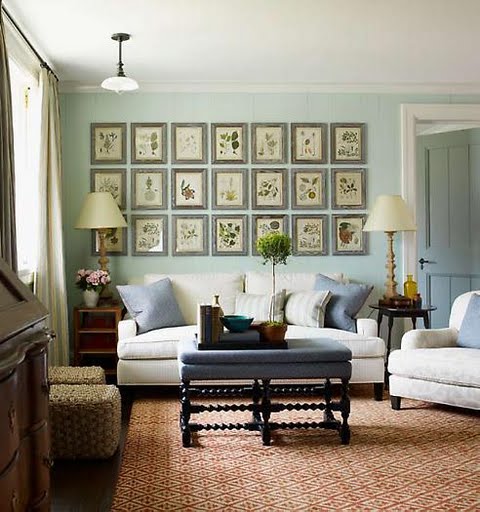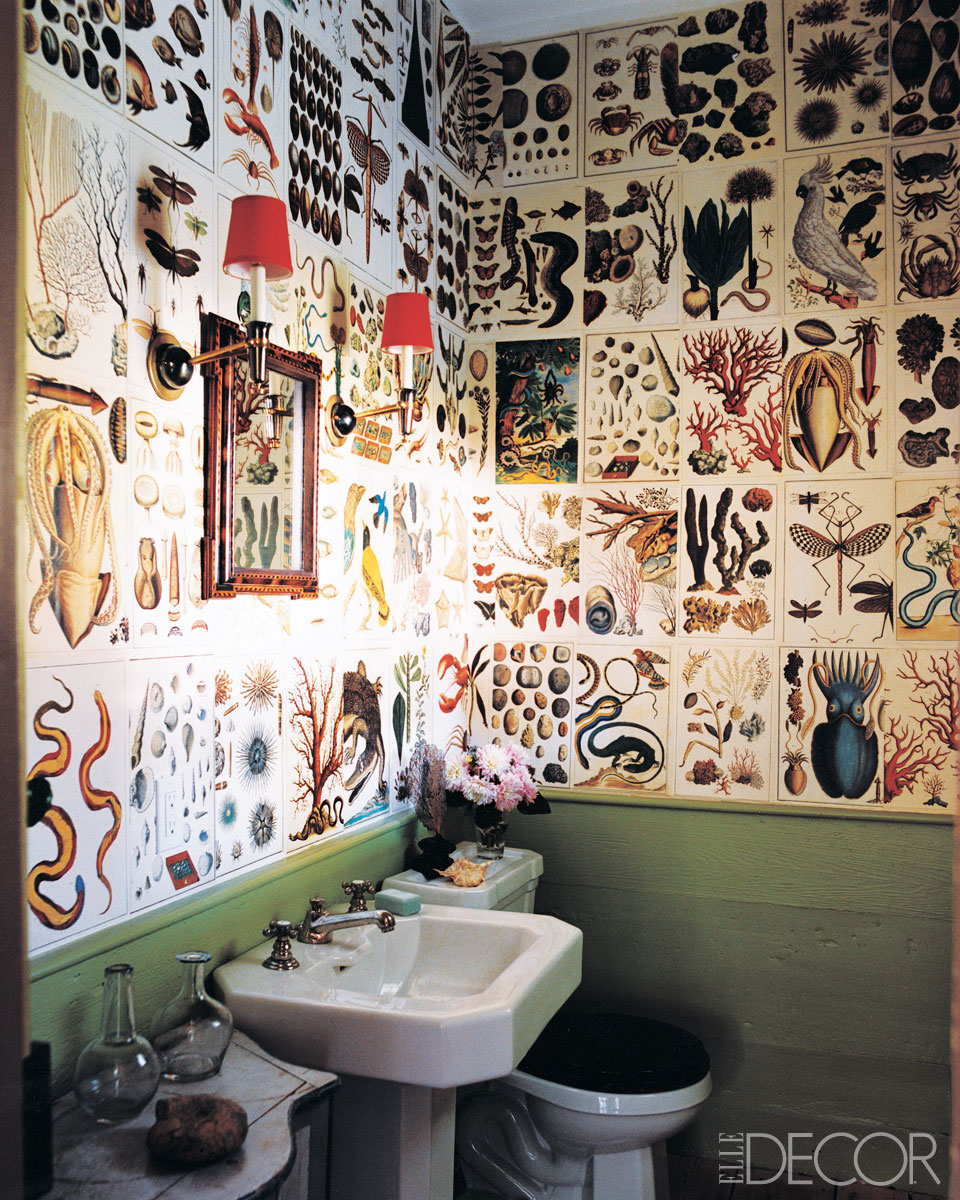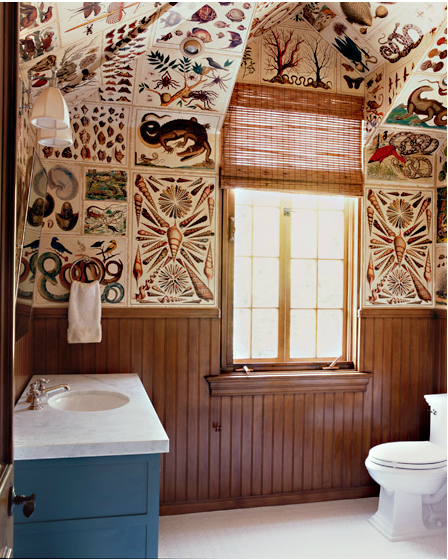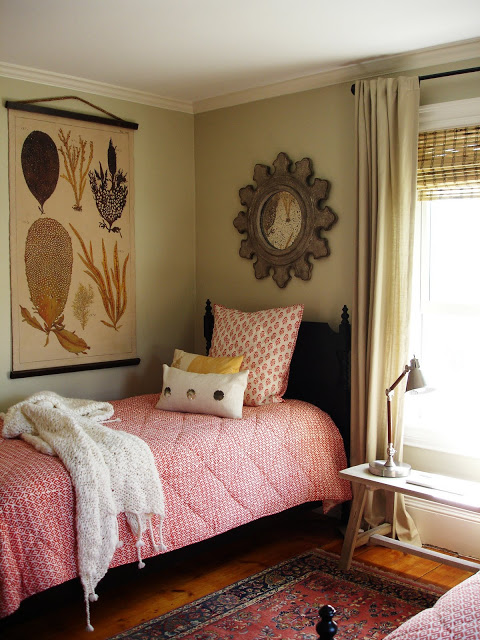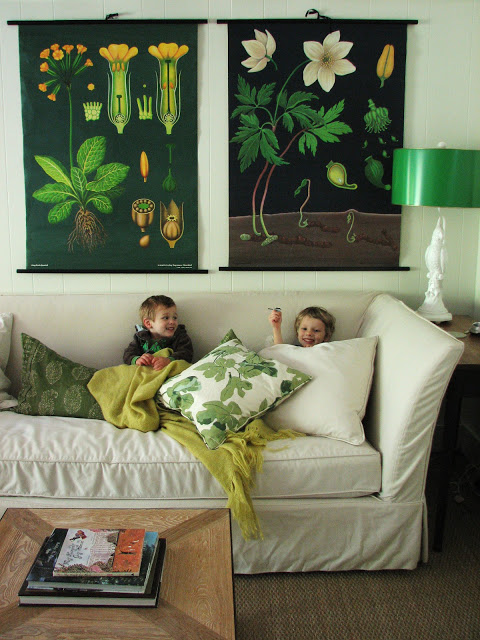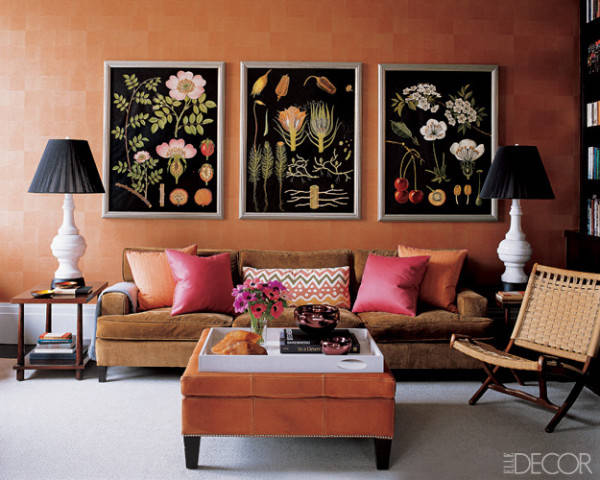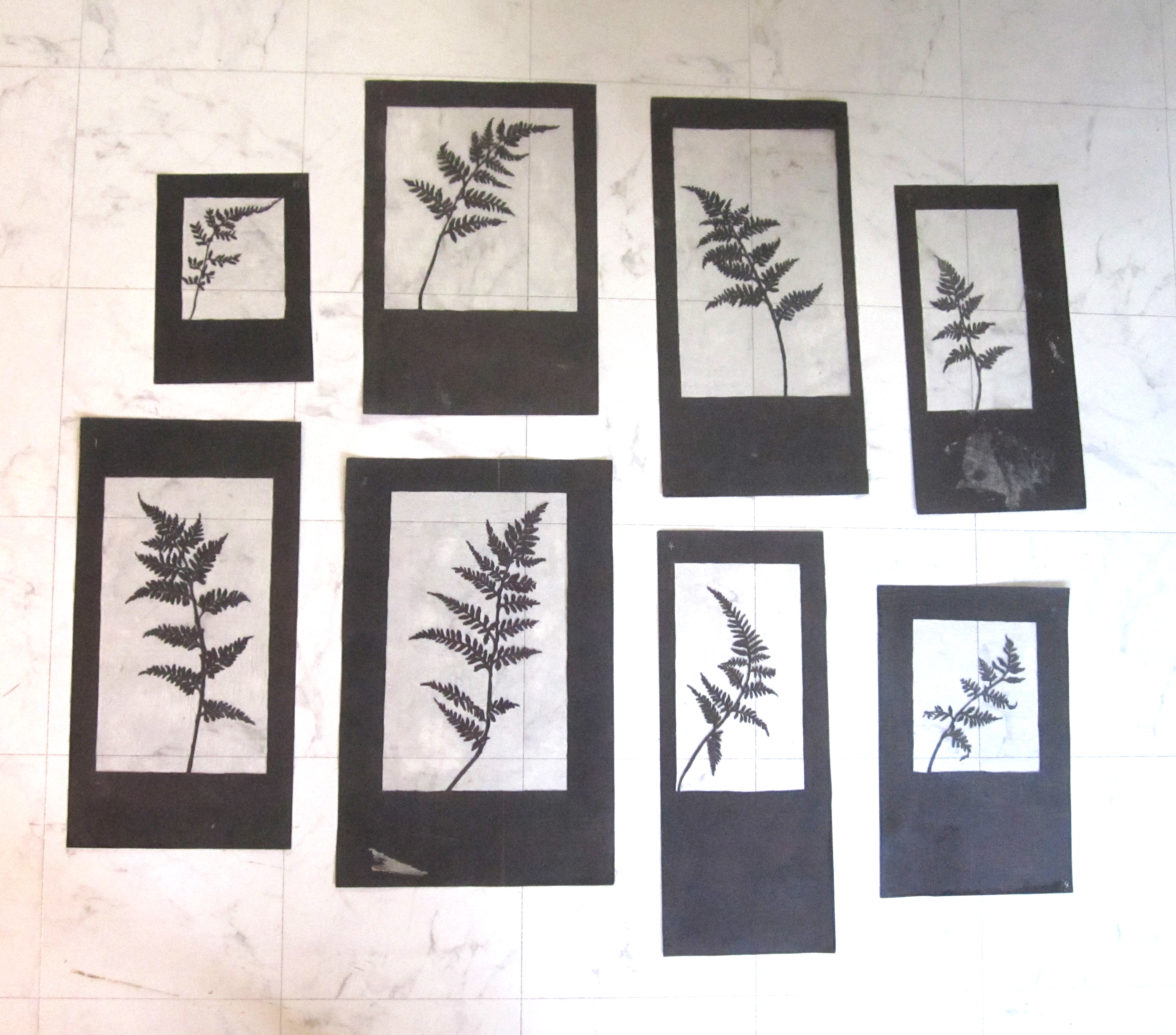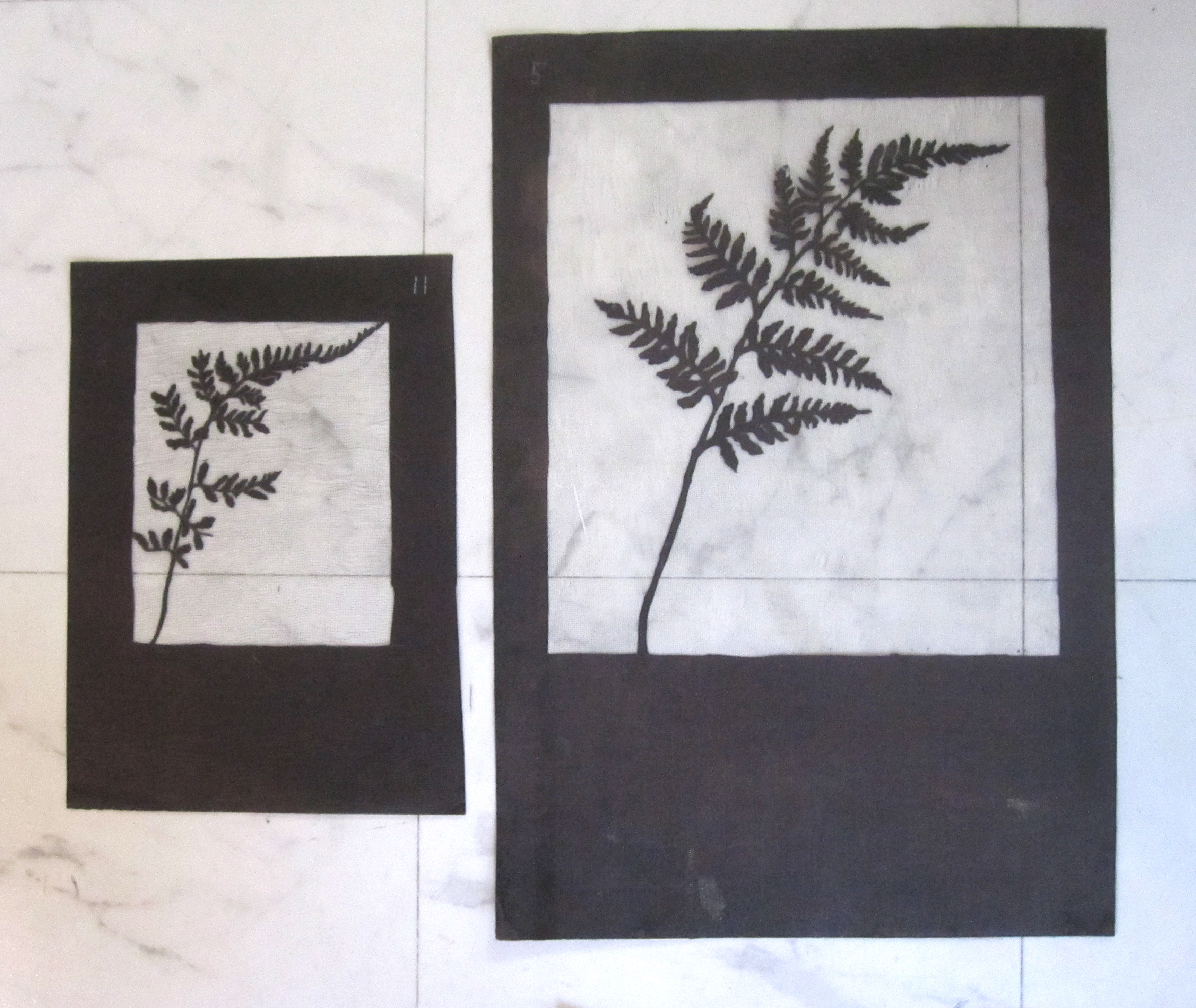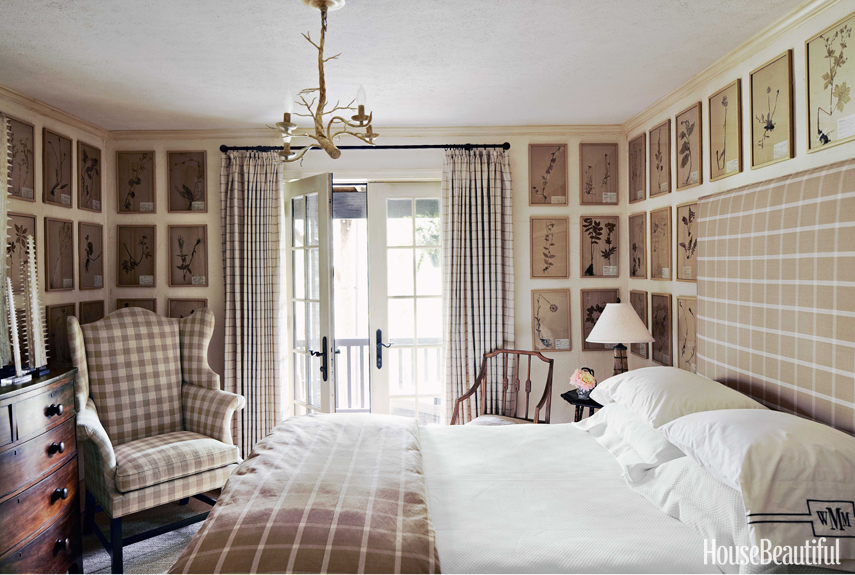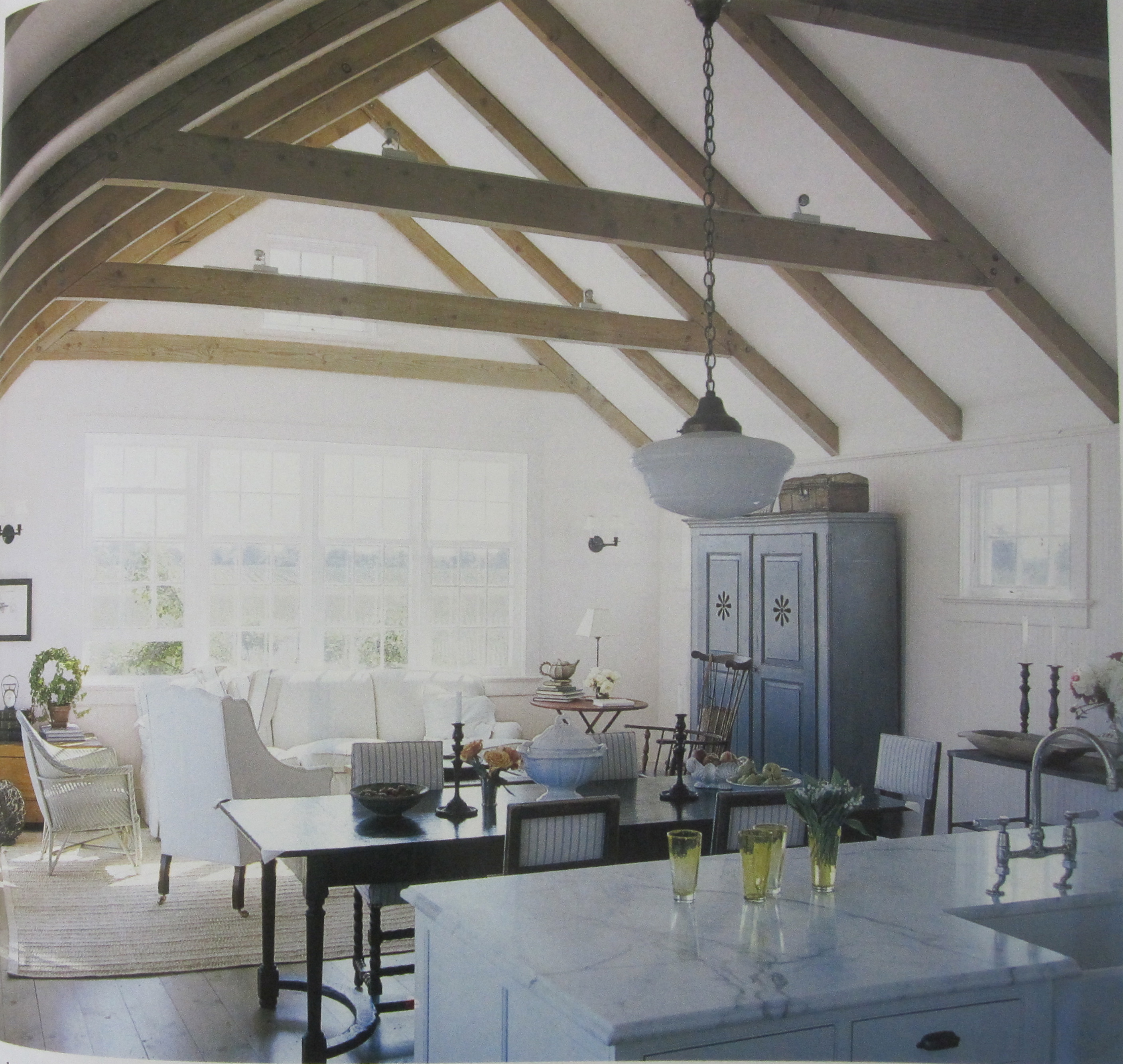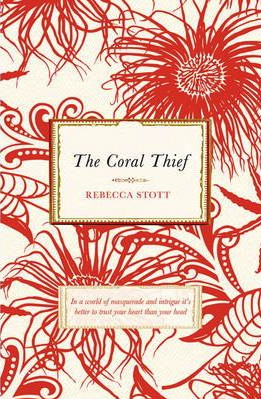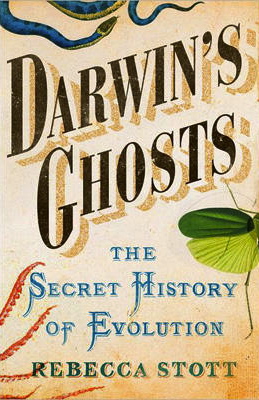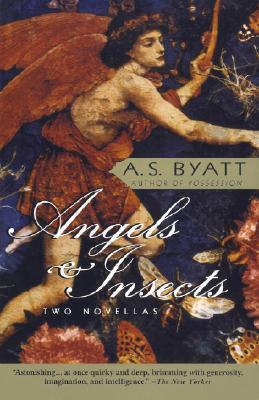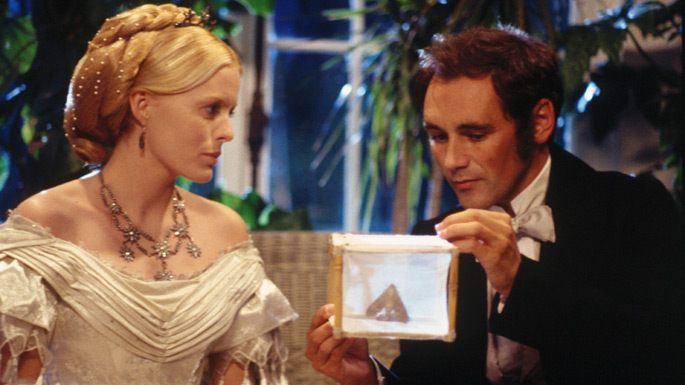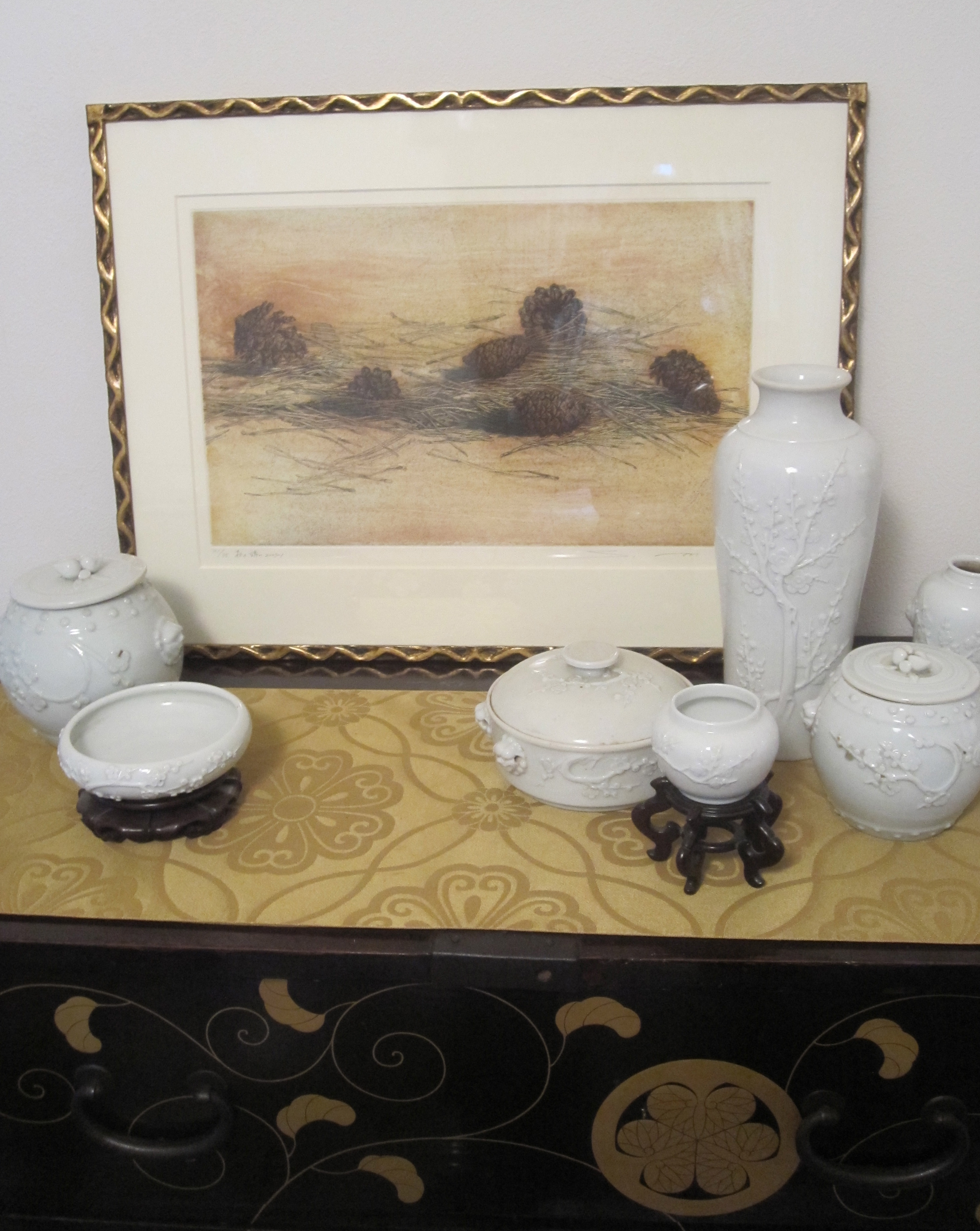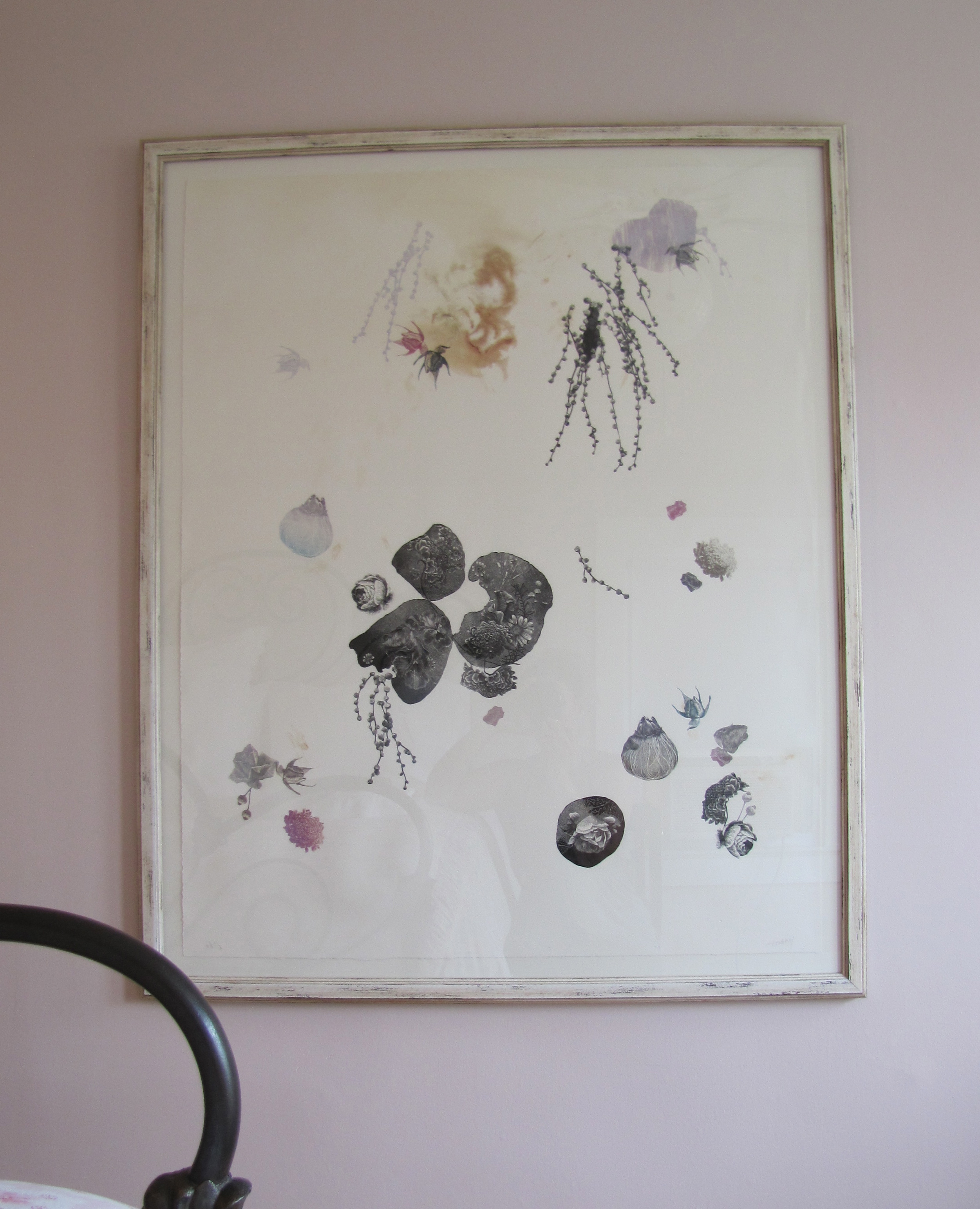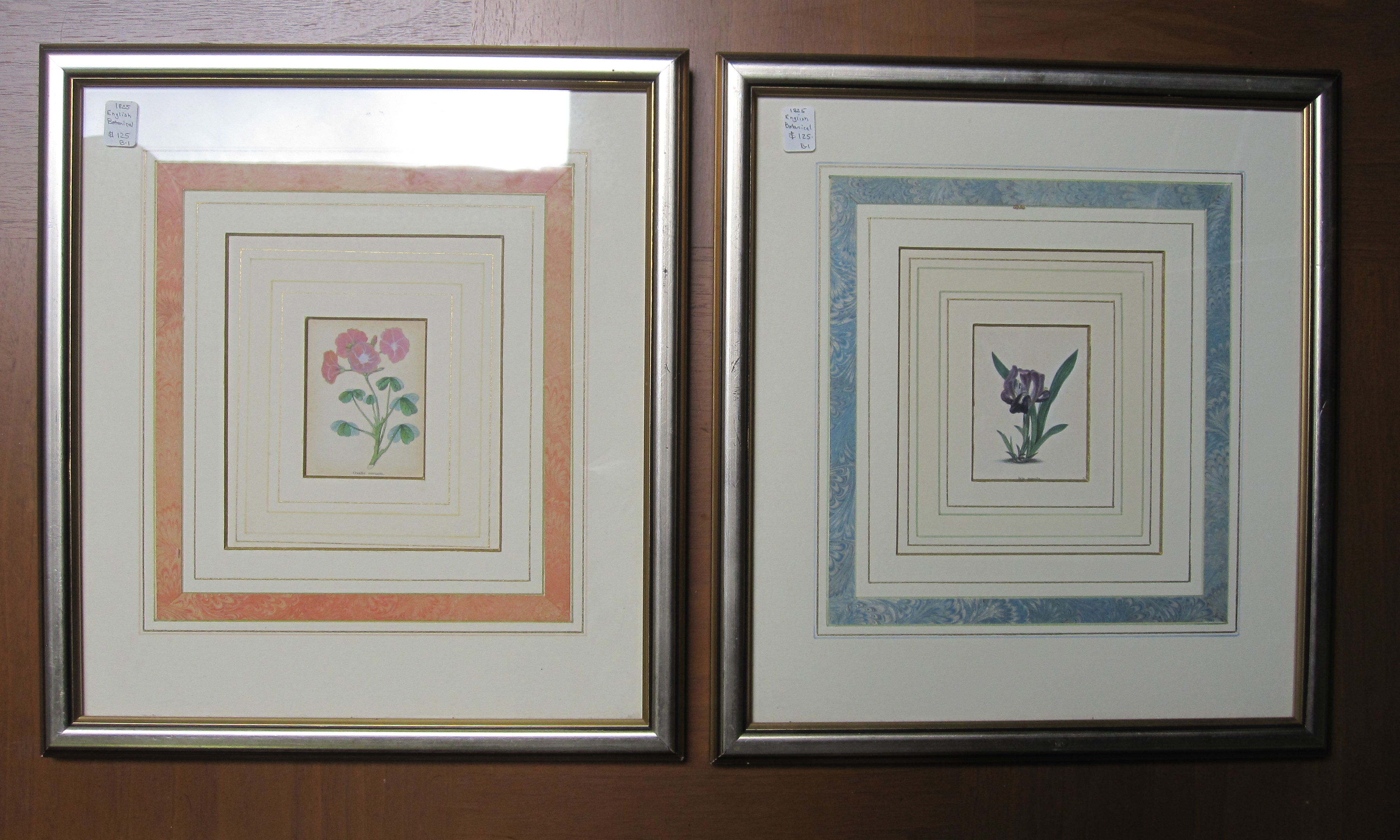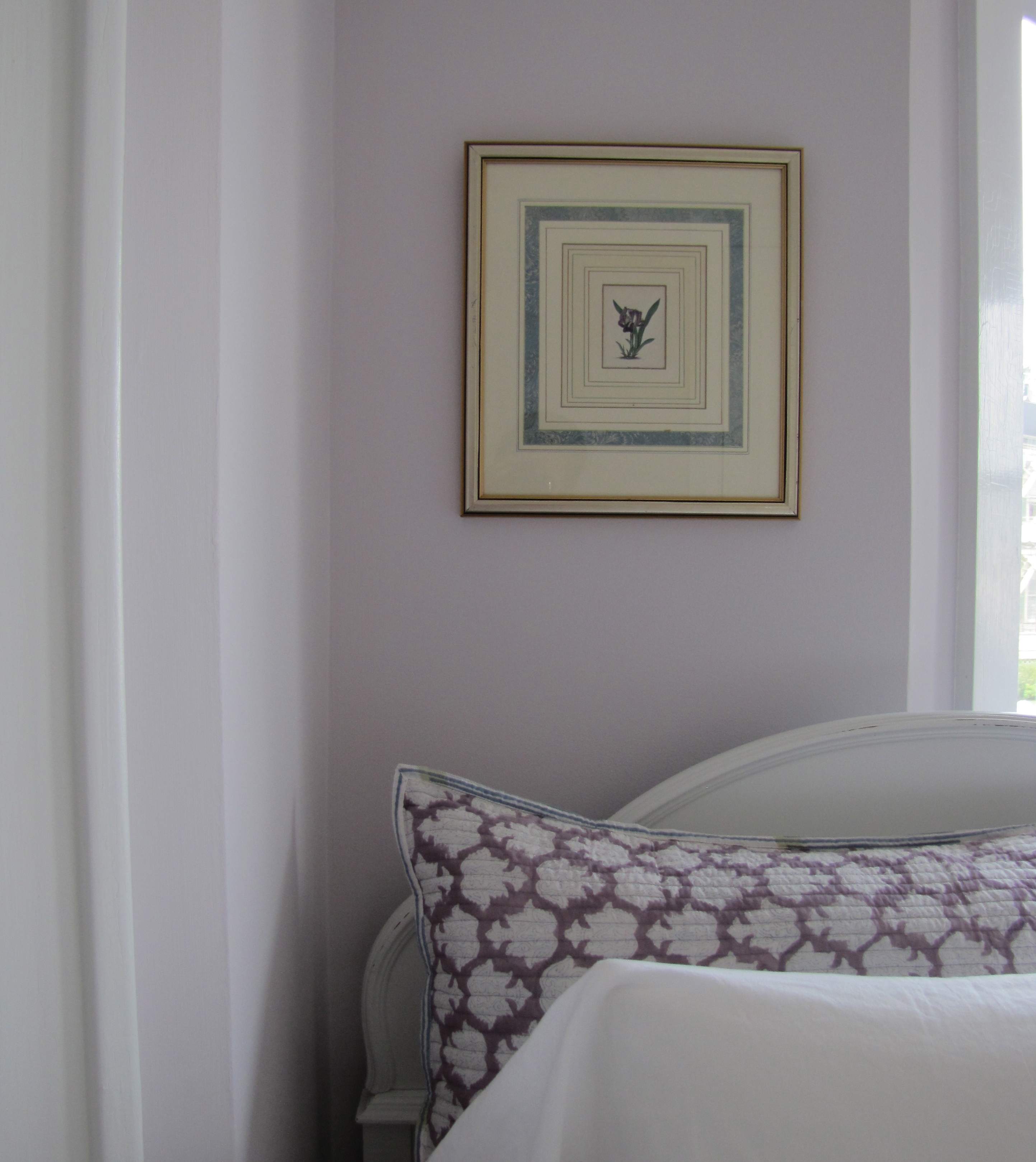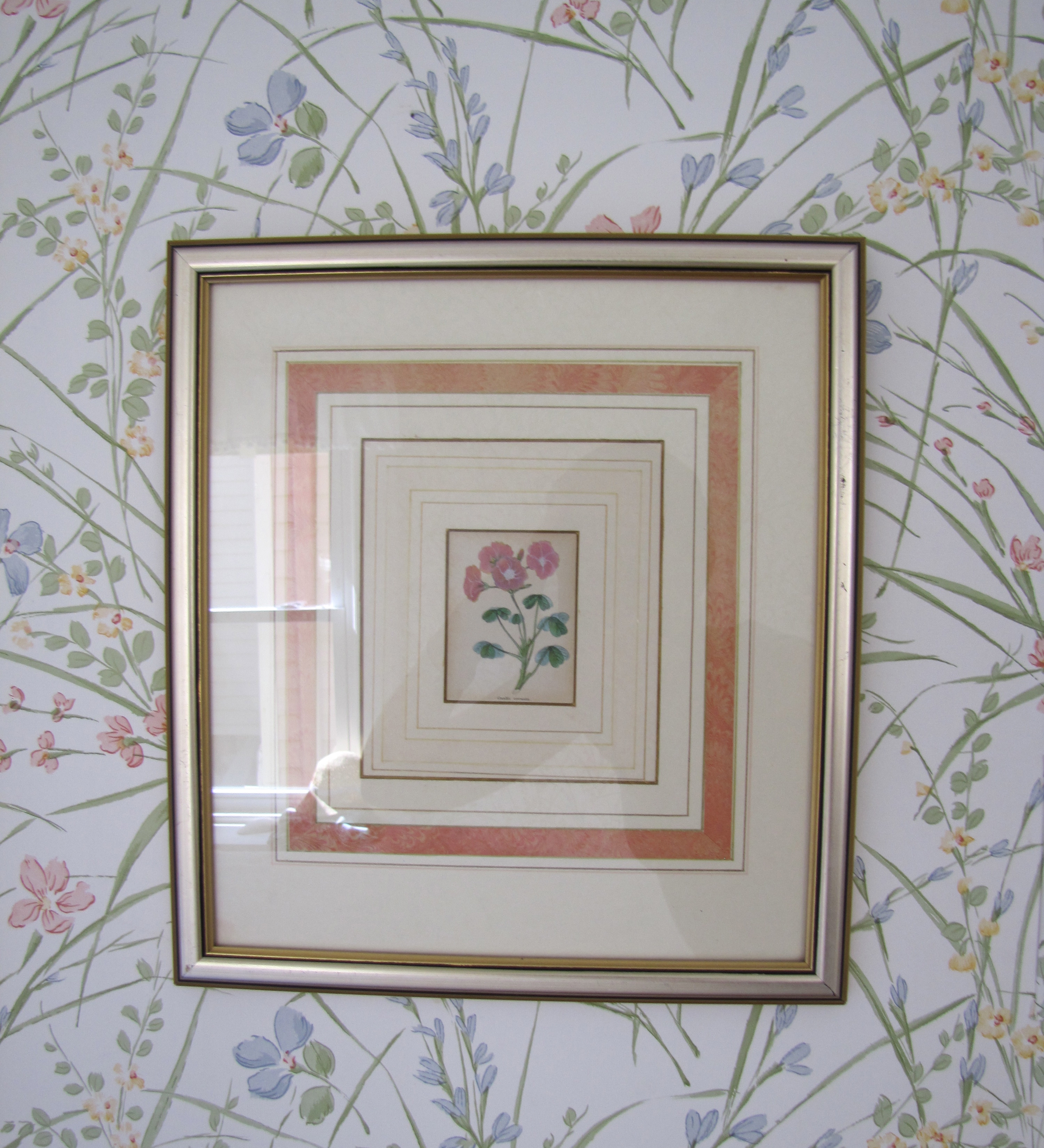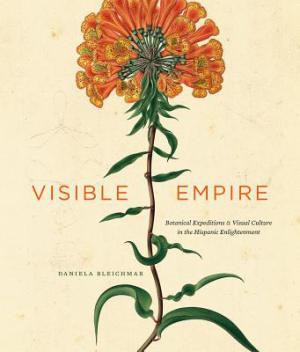
In Visible Empire: Botanical Expeditions & Visual Culture in the Hispanic Enlightenment (University of Chicago Press 2012), [Daniela] Bleichmar uses this vast (and gorgeous) archive of botanical images assembled by Spanish natural history expeditions to explore the connections between natural history, visual culture, and empire in the eighteenth century Hispanic world. In beautifully argued chapters, Bleichmar explores that ways that eighteenth century natural history expeditions were grounded in a visual epistemology where observation and representation were powerful tools for negotiating both scientific and imperial spheres. The “botanical reconquista” spanned fields, shops, gardens, and cabinets across the New World and the Old. Botanists, artists, and others employed images for collaboration and competition, developing distinct styles and practices for observing and representing the natural world.
-Carla Nappi in New Books for Science, Technology and Society
Does that sound as divine to you as it does to me? I haven’t actually had a glimpse of this book, other than the pages I have managed to see on the internet, but it has sent me dreaming…Dreaming of the images themselves and to quote Carla Nappi who interviewed Daniela Bleichmar here, the “possibility of doing history with images, of images, by images.” Looking at Bleichmar’s accomplishments has me dreaming perhaps of all the “might have beens” in my life as well. Krista over at Cloth & Kind wrote a really personal blog post the other day about showing more of herself on her blog and it made me think a lot about mine and myself too. I majored in history – which was the right choice – because the department allowed the most cognates and I could squeeze in all my art and language courses. But the might have beens stack up after that – what if I had actually pushed to write my thesis on a topic that really engaged me and not my advisor? what if I had actually gone back to grad school after my daughter was born and now had all the right academic credentials after my name? what if…
Instead I have found an outlet through this blog and my personal relationships with friends, clients and readers in which we bond over visual and material culture. Sometimes there is meat in the conversation and other times it is a lot of candy. I’m not always sure whether you all want more nutrition or just snacks, but I think I need a balance of both. And perhaps the best part about what I do is not the academic part, but the actual finding, touching and using the art and artifacts I find along the way and sharing that adventure through stories and sales with you all.
There are some folks out there – Steven Gambrel being one of them – that have the link down pat in the interiors they design. In probably one of his most popular rooms ever (does anyone not have this one pinned?) featuring a slew of traditional botanicals framed and hung in a grid, Gambrel creates a space with just the right mix of science and art.
Gambrel pushes the envelope and succeeds in the bathroom of his 1810 house in Sag Harbor, lined with pages from a reprint of Cabinet of Natural Curiosities, a famous tome of detailed engravings commissioned by the 18th century Dutch naturalist Albertus Seba.
Katie Leede uses the same book to paper the walls in her beadboard clad bathroom, a standout in her standout home featured here. This much science seems to need a vintage home to feel right.
A version of this on a grand scale, scientific teaching tool charts, both original and reproduction, are a huge trend right now.
Lauren Liess of Pure Style Home used them so prettily in her old home – I am curious to see if they resurface in her new one?
Steven Gambrel used traditional botanicals in the room at the top of the post, papers a bathroom as a cabinet of curiosities and also manages to get in on the wall chart trend. He always has fun using unexpected works on paper in many projects – you can see some other choices here.
Fern prints are another kind of botanical that never seem to grow old to me, whether in this fairly recent Markham Roberts designed hallway (in my mind’s eye I had remembered it being Gambrel as well, which would have been more fun for the synchronicity of the post)…
…or this forever room from Jeffrey Bilhuber, featured in a 1997 issue of House Beautiful. I went looking for this image digitally, but of course no luck, and as my scanner is out of commission, I’ll have to make do with this photo of a photo. There is also a short video featuring this room of Bilhuber’s, among other of his notables, here.
Japanese katagami, or fabric printing stencils, are usually pretty thematically Japanese as they were used predominantly for kimono fabrics. But I recently found this extraordinary set – I am not sure what they printed and/or what it was for – that approximate very closely a traditional Western fern botanical.
I am thinking of sandwiching them in modern plexiglass frames and hanging them I have no idea where!
Herbiers, the pressed live botanicals which I have so recently written about, are just a way for average folk to get in on adding science to their own art collections if you ask me. Of course right after I wrote that post the new February House Beautiful featured this gorgeous herbier covered bedroom by Will Merrill…
…and in researching another post I remembered writing about this Victoria Hagan project here from a 1999 House Beautiful, that also showcased herbiers…
…which led me to this farm sink/bridge faucet combo on that same project. As an aside, remember that this project is almost 15 years old – so those sinks are definitely not a trend. And the whole space still feels fresh and I’ll be featuring another room from this project in an upcoming post.
Getting back on tangent, I also happened to be reading The Coral Thief by Rebecca Stott (gotta love that cover!). The story of the novel didn’t catch me, but the back drop of the history of evolution playing out against the politics and mores of the time did. It makes me want to read another of her books – Darwin’s Ghosts – which chronicles those they came before and influenced and inspired him.
Which made me think this might need a re-read…
…and a re-watch. Although it is moths and butterflies, not botanicals. But I could write a whole post about those too!.
The more I worked on this post, the more I realized how many botanical prints and works of art I had, from 18th century European to modern-day Japanese. These are late 19th century Japanese from the Antique Jamboree and the now defunct Nogi Shrine sale:
I think that may be why I am drawn certain hanga artists – for their botanical accuracy – such as Shinji Ando…
…and Rise Hirose.
In the beach house I’ve gone with more traditional 18th and 19th century botanical prints, gleaned from the local New Jersey antique shops I am always raving about, like this one below (can’t remember what folio it is from) which I bought as much for the French mat and frame as anything else. I’ve got two others framed the same hiding in the closet because I have no room for them!
Remember that pair of sister Maund prints I found last summer?
They are each safely ensconced in the correct sister’s room.
So the questions for you are the following…More meat and potatoes? Or lots of cotton candy? And do you also sometimes dwell on the “might have beens”?
There are more related posts than I can possibly list – the links to them are found throughout the text wherever the subject is mentioned. But if you liked this post you might want to read the one below.
Related Posts
The Life of Objects…Stories of Paintings, Pottery and Netsuke in Edmund de Waal’s “The Hare With Amber Eyes”

